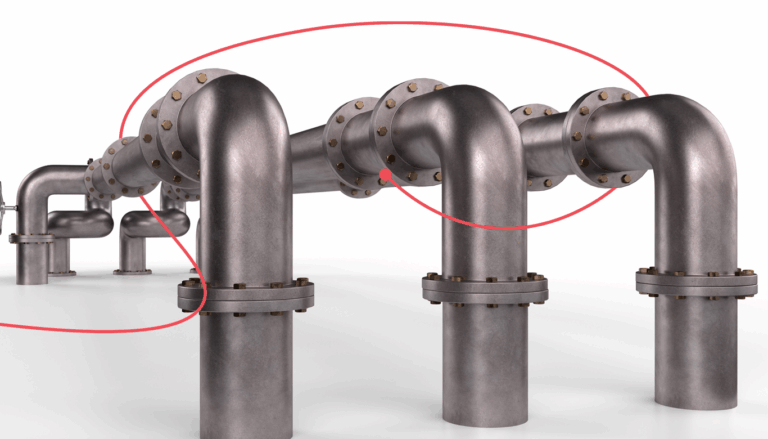Organizations today demand more SAP change faster than ever before. However, accelerating SAP change is challenging. Rapid deployment of SAP changes can jeopardize compliance and put your Production system at risk.
So, how can under pressure IT teams accelerate SAP change without compromising compliance?
In short:
- Enforcement
- Automation
- Integration
Before discussing these elements, I’d like to briefly examine accelerating SAP change and compliance management.
Balancing the scale of speed and compliance
On one side of the scale is rapid SAP change. Delivering speedy SAP change is easy. Just permit everyone to import their changes to production whenever they like. Of course, this isn’t allowed. It endangers the Production system and violates compliance rules.
SAP compliance management is on the other side of the scale. There are strict rules for SAP change management that determine how a change reaches Production. These compliance rules often come from outside an organization, like SOX compliance, CFR Part 11 (electronic records and signatures), or similar. For example, one rule states that processes must be auditable. Another, the four-eyes principle, says a certain activity – a decision, transaction, etc. – must be approved by at least two people.
In SAP environments, compliance is necessary for ensuring quality and managing risks, with extensive documentation and the need for audit trails as secondary consequences. These compliance requirements often lead to complex workflows, with numerous manual steps. Such complexity extends cycle times and often results in incomplete audit trails as manual steps are never followed 100% of the time.
The answer is...
Enforcement
Change processes must be enforced. That is, any workaround must be technically prohibited. No change to a development system should be allowed without following the defined process – in other words, no change without a requirement.
Such enforcement works in two ways. First, developers can’t start without completing their paperwork. Second, and probably more importantly, developers can communicate the business that they can’t start without all the prerequisites as the tool is blocking them. This ensures processes are enforced by discouraging people from asking for something quick or urgent that is outside defined workflows.
Automation
While enforcement can slow down the process by ensuring compliance, automation does the opposite. Along with integration, automation enables a compliant and accelerated SAP change process.
When considering automation, a key principle is “Shift left”. That is; shifting tasks to the beginning of the process and to the people who know how to make good decisions.
What does this mean? The typical example, often seen in many SAP-using organizations, is that the BASIS team is responsible for transport imports. But why? They can create transport routes and establish and secure the technical basis of the system landscape.
However, they can’t and must not decide whether a transport can be imported. This can only be done by functional people and developers. Automation relieves the BASIS team from these very dull, monotonous tasks. It also speeds up the delivery time as the SAP server is always on duty, always ready to fulfil planned (automated) tasks.
Integration
Integration is the third component that contributes to the overall speed and efficiency of SAP change processes. For example, integrating ITSM tools into an SAP change workflow result in many benefits, including:
- Automating data transfer (no copy and paste)
- Ensuring a 100% audit trail
- Guaranteeing the usage of all the expensive tools
- Achieve a DevOps strategy and continuous deployment
Integrating with ITSM tools to create a unified toolchain relieves people from double maintenance and ensures data consistency and compliance. `
The whole Process can be seen as a hygiene process. No one likes to brush their teeth, but you need to; otherwise, you may lose them early. So, what can you do? Simplify, speed up, and improve the process by using an electric toothbrush.
The SAP change management process is the same. Here, the electric toothbrush is Rev-Trac Platinum, the SAP DevOps Platform.
The Bottom Line
Rev-Trac Platinum automates, enforces, and orchestrates SAP change management, ensuring compliance and speed go hand in hand.
Discover how Rev-Trac Platinum can revolutionize your SAP change management process, accelerating it without compromising compliance. Reach out to one of our in-house SAP experts for more information.






